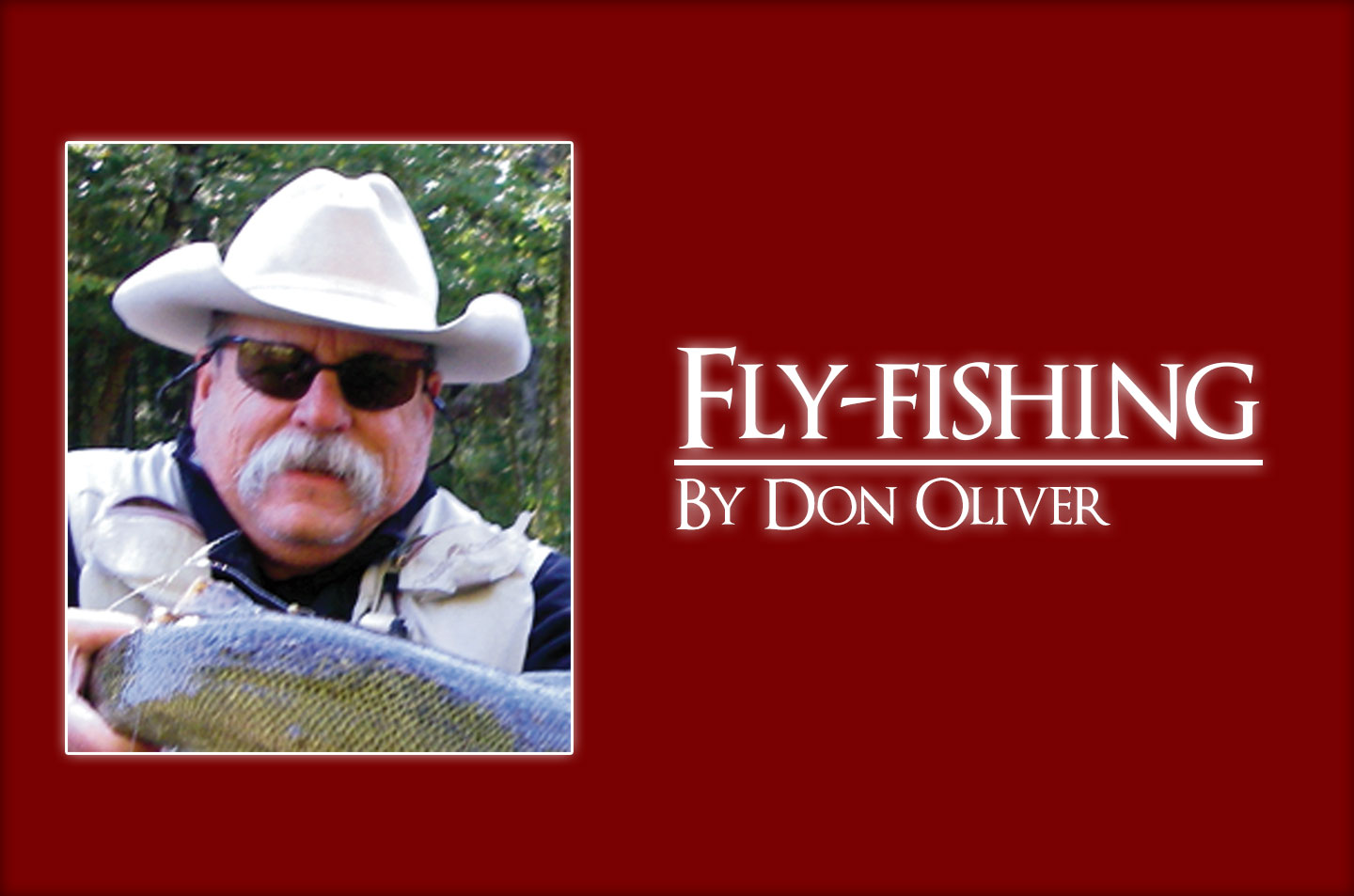I have heard it said, “Carp is a poor man’s bonefish.”
I want you to know that becoming addicted to fly-fishing for carp can turn a wealthy man into a poor man. Recently, I started my quest to catch carp on my fly rod, and I am hooked.
One needs only to look as far as Google to see how popular this trend has become. There are sites for flies for carp, tackle, cooking and eating carp, books on how to fly-fish for carp, DVDs on fly-fishing for carp — you name it, it’s on the Internet.
All of these helpful sites are designed to make you both a successful carp fly-fisherman, and a lot poorer. Your high-country, 3-weight rod just won’t make it in the carp world.
If you’ve never fly-fished for carp, the first two questions you most likely have are where can one catch this really ugly fish, and why would you want to. The answer to the first question is basically wherever there is water above 32 degrees.
In this area, I have found carp in stock tanks, Navajo Lake, the San Juan River, and Lake Powell. I am told there is a lake by Alamosa that has a large population of carp. I plan on personally verifying that. I believe those locations are just the tip of the iceberg.
Next, why go after them at all? When’s the last time you caught a 20-pound fresh water fish on a dry fly, with your fly rod? That about sums it up.
So, how does one go about catching a carp using his or her fly rod? The first thing you should know is that once you start down this road, your use of the English language will change. You will arrange certain nouns, verbs, adverbs, and adjectives in a manner that would make a Marine drill sergeant proud.
Carp are extremely fickle eaters. While they will eat most anything, it’s usually something other than what you’re casting. The last carp I caught was on a fly that resembled a piece of dead, moldy lettuce. That happened to be about the 10th pattern I tied on.
I believe they’ll eat anything in the water, as long as they’re hungry. That said, deciding which fly to use can be really difficult. While I haven’t caught a carp on a dry fly, don’t be afraid to use them. Any dry that looks like a bug is a good prospect.
Just remember: Carp have a small, soft mouth, so a size-4 hopper will pose a problem. The other side of that coin is trying to thread a 20-pound test leader through the eye of a size-18 fly. For sub-surface flies, I use wooly buggers or something resembling cold, green vegetables.
When casting flies at carp, the first thing you’ll notice is that they’re not particularly leader shy. Nor will they move out of a feeding lane for the most scrumptious fly in your box. If you are not able to put the fly 12 inches in front of them, forget catching them. They won’t move for the fly.
For gear, this is your chance to bring the saltwater gear out of the closet — or better yet, go buy new stuff. A 7- or 8-weight rod works best.
I suggest using nothing less than 20-pound test leader. I also prefer a floating line. If I need to get deep, split shot works just fine.
Since the carp I have been chasing seem to like shallow water, they’re reachable from the shore, float tubes or boats. I also believe you will find more carp in big pods, feeding on the surface, in the mornings. But a single in the afternoon is as good as a pod in the mornings.
Give this fish a try. I bet you’ll become as consumed as my friends and I have.

